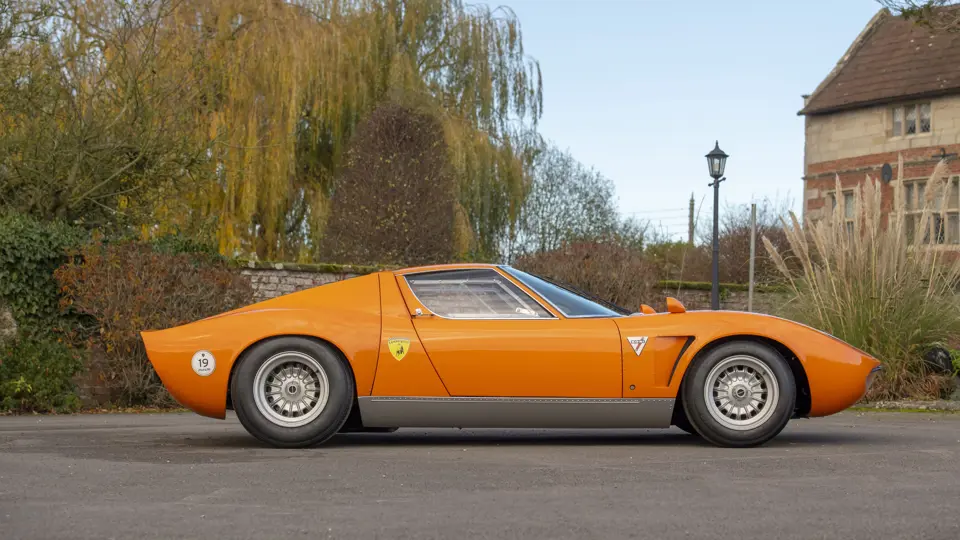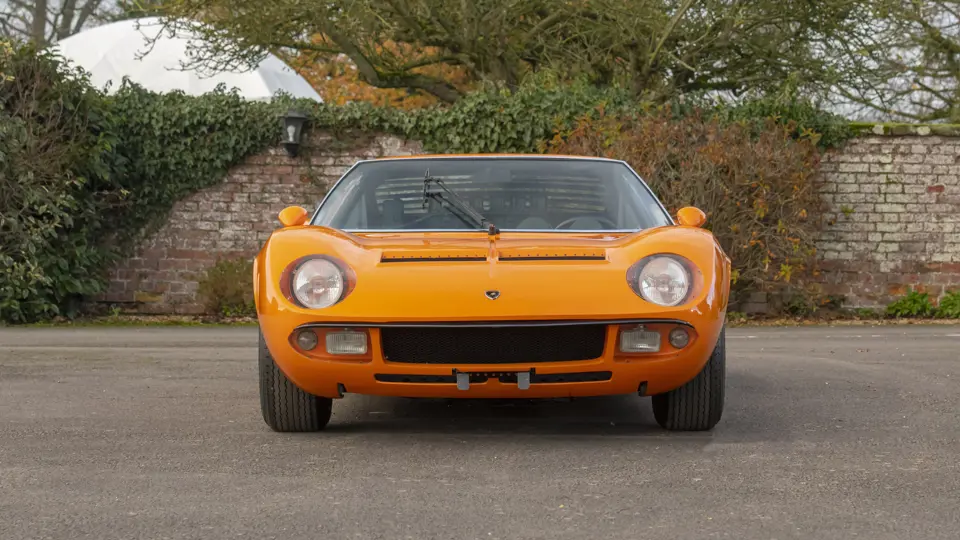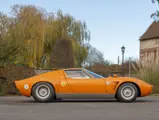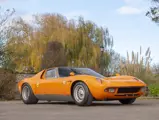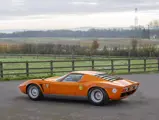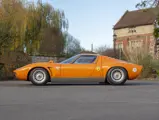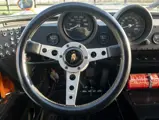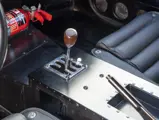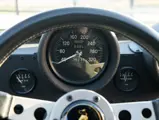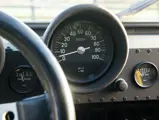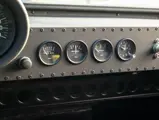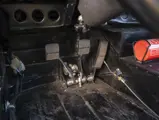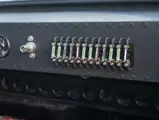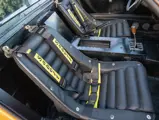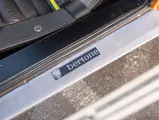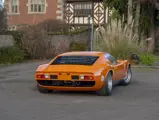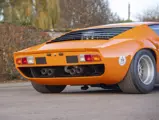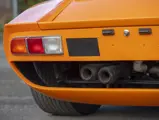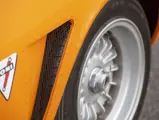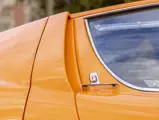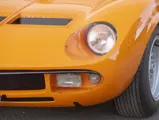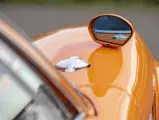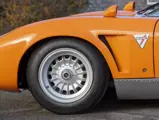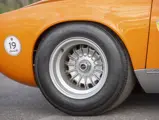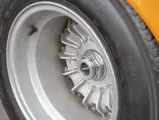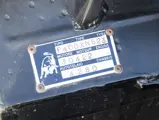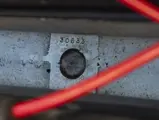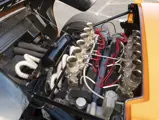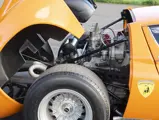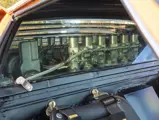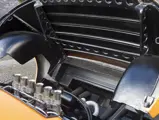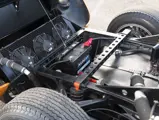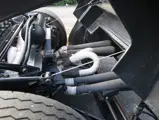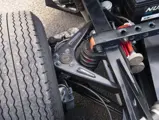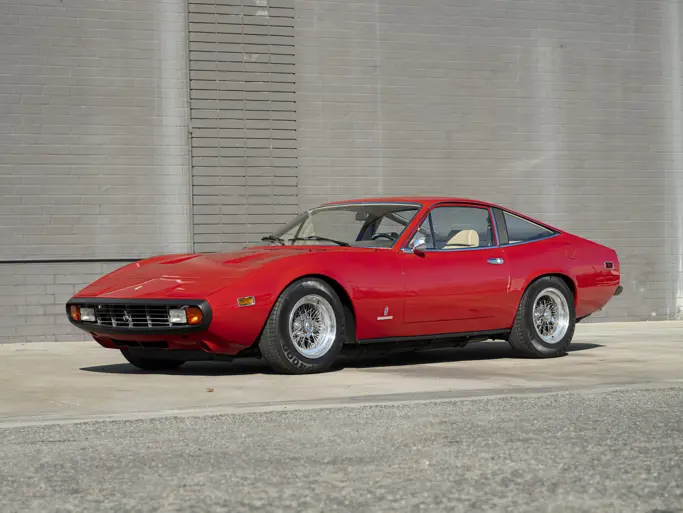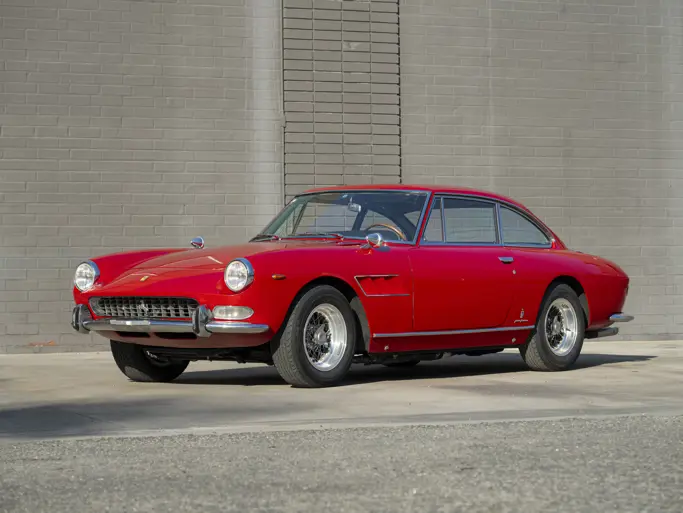
1969 Lamborghini Miura S 'Jota Specification' by Bertone
{{lr.item.text}}
€1,017,500 EUR | Sold
{{bidding.lot.reserveStatusFormatted}}
- An early Lamborghini Miura S specified with factory air conditioning
- Converted to “Jota” specification at a cost of more than €400,000
- Finished in Arancio Miura over a Nero leather interior; originally delivered in Rosso Corsa
- Une des premières Lamborghini Miura S, avec air conditionné monté en usine
- Transformée en définition "Jota", pour plus de 400 000 €
- Orange Arancio Miura et intérieur en cuir noir Nero ; initialement livrée rouge Rosso Corsa
Veuillez noter que ce lot a été introduit dans l'UE avec un cautionnement d'importation temporaire, qui devra être soldé par réexportation hors de l'UE avec un connaissement (bon de chargement) accompagné de ses documents douaniers, ou par paiement de la TVA et des droits de douane applicables s'il doit demeurer dans l'UE.
Few would disagree that the Lamborghini Miura kick-started the supercar revolution. An early pioneer of mid-engine design with wild styling from the pen of Marcello Gandini and a chassis engineered by Gian Paolo Dallara, the futuristic machine set a new benchmark in performance and road presence. Blisteringly quick and fiendish to drive even in launch specification, the arrival of the ‘S’ variant in 1968 added a further 20 horsepower to the mix, with the 1971 Miura SV increasing output to 380 horsepower. But perhaps the most exciting Miura remained a one-off: the Jota.
Conceived to meet the FIA’s Appendix J regulations, the Jota was a pared-back track-focussed machine spearheaded by development driver Bob Wallace. Heavily altered, the car shed hundreds of kilograms from the kerb weight of the standard car, as well as boosting power output well beyond the 400-horsepower barrier thanks to a raft of engine modifications. Though the Jota sadly met with an untimely end in 1972, a handful of factory Miura SVJs paid homage to the original with varying degrees of fidelity—a path also followed by the occasional dedicated enthusiast.
Chassis 4280 left Sant’Agata on 23 October 1969 finished in ‘S’ specification, wearing Rosso Corsa paintwork over a Nero leather interior, and fitted with air conditioning. The car was delivered to first owner, cherry magnate Stefano Fabbri, via Italcar before being imported to Japan and sold through Mizwa Motors. It stayed in Japan for the next three decades, passing through the hands of owners in Kobe, Chiba, and Fukuoka before the search for greater performance led to the original S-specification engine being replaced with an SV engine, stamped 30633.
Sold in 1998 yet remaining in Japan, the Miura was further improved with conversion to “Jota” specification, with extensive bodywork modifications made between 2006 and 2013; invoices on file amount to more than ¥61 million (approx. €430,000). The colour was changed to the striking Arancio Miura shade that it wears today. The car was sold at auction in 2014, spending time in Sweden before returning to the UK and entering the consigning owner’s private collection.
Most recently, the Miura received a full fluid service at Lamborghini Birmingham in November 2019 and an interim service at the same centre in November 2022, the total cost of which exceeded £7,500; supporting invoices and a video condition report from Lamborghini Birmingham are on file.
A no-expense-spared homage to the greatest ever Miura, this reimagined example captures much of the magic of the original, and would make an ideal companion on tours, rallies, and events.
Rares sont ceux qui nieront que la Lamborghini Miura soit celle qui a donné le coup d'envoi de la révolution des supercars. Cet engin futuriste à moteur central, au style brutal dû à Marcello Gandini et au châssis conçu par Gian Paolo Dallara, a défini de nouvelles normes de performance et d'allure. Déjà terriblement rapide et diabolique à conduire dans sa version initiale, elle a s'est enrichie en 1968 d'une version S dotée de 20 ch supplémentaires et, en 1971, d'une SV de 380 ch. Mais la plus enthousiasmante des Miura demeure une version unique, la Jota.
La Jota, conçue conformément à l'annexe J du règlement de la FIA, était un engin dépouillé, optimisé pour la piste, une véritable arme confiée au pilote essayeur Bob Wallace. Après de profondes modifications, elle avait perdu des centaines de kilos par rapport à la version de série tout en bénéficiant d'une puissance dépassant largement la barrière des 400 ch, du fait de nombreuses évolutions apportées à son moteur. Bien que la carrière de la Jota ait malheureusement pris fin prématurément en 1972, une poignée de Miura SVJ d'usine a plus ou moins fidèlement rendu hommage à l'original, ce à quoi un autre amateur passionné s'est également essayé.
Ce châssis n° 4280 est sorti de Sant’Agata le 23 octobre 1969 en version S, équipé de l'air conditionné et peint en rouge Rosso Corsa avec intérieur en cuir noir Nero. Il a été livré par Italcar à son premier propriétaire, l'empereur du cherry Stefano Fabbri, avant d'être exporté au Japon et revendu par les soins de Mizwa Motors. Il y est resté une trentaine d'années, entre les mains de propriétaires résidant à Kobe, Chiba et Fukuoka, avant que le désir d'en augmenter les performances ne conduise à remplacer son moteur de S par un autre de SV, portant le numéro 30633.
Revendue en 1998 tout en restant au Japon, cette Miura a par la suite été enrichie d'une mise à la définition de la Jota, avec d'importants travaux de carrosserie menés entre 2006 et 2013 ; les factures présentes au dossier s'élèvent à plus de 61 millions de yens (approx. 430 000 €). Elle a changé de couleur, en faveur de l'éblouissant orange Arancio Miura qu'elle arbore aujourd'hui, puis elle a été vendue aux enchères en 2014 et a passé du temps en Suède avant de venir au Royaume-Uni pour entrer dans la collection privée de son actuel propriétaire.
La Miura a subi chez Lamborghini Birmingham un entretien complet portant sur ses fluides, en novembre 2019, et un entretien intermédiaire, en novembre 2022. L'ensemble a coûté plus de 7 500 £ ; les factures correspondantes ainsi qu'un rapport vidéo sur son état général effectué par Lamborghini Birmingham sont présents au dossier. Hommage rendu, sans regarder à la dépense, à la plus grande Miura de tous les temps, cet exemplaire transformé restitue l'essentiel de la magie de l'original ; il serait un partenaire idéal pour des promenades, des rallyes ou des manifestations.





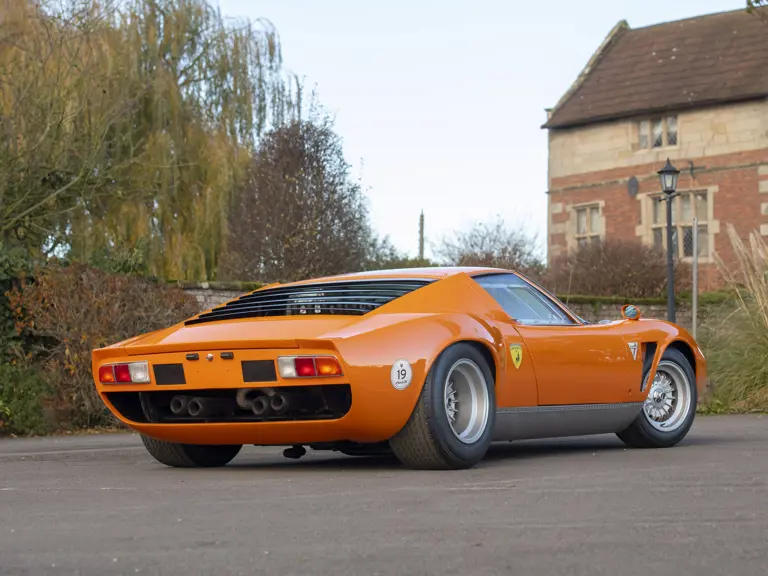
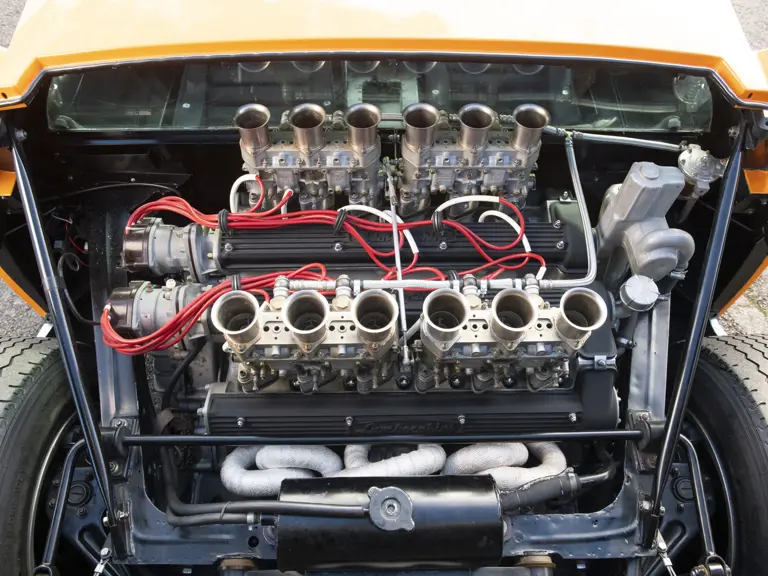



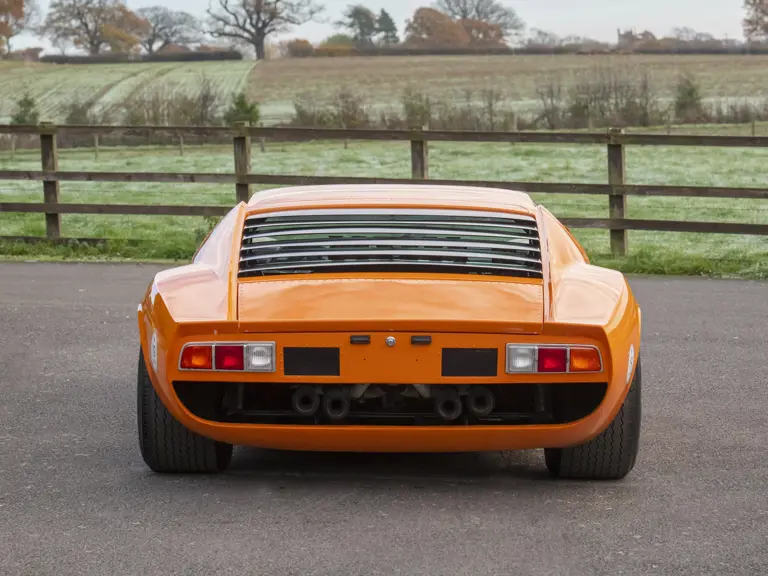
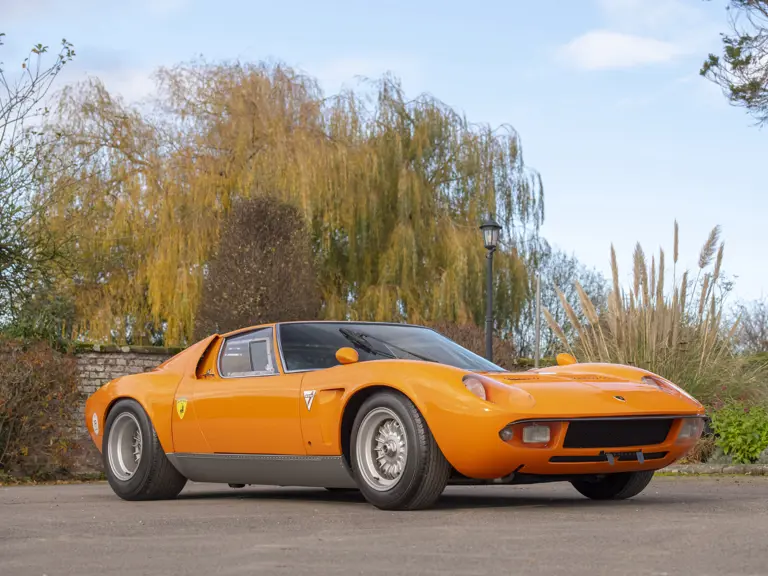


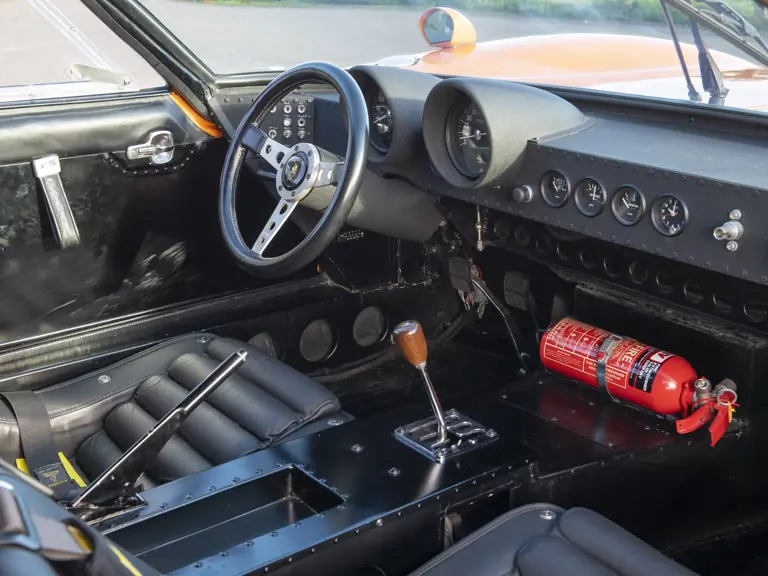
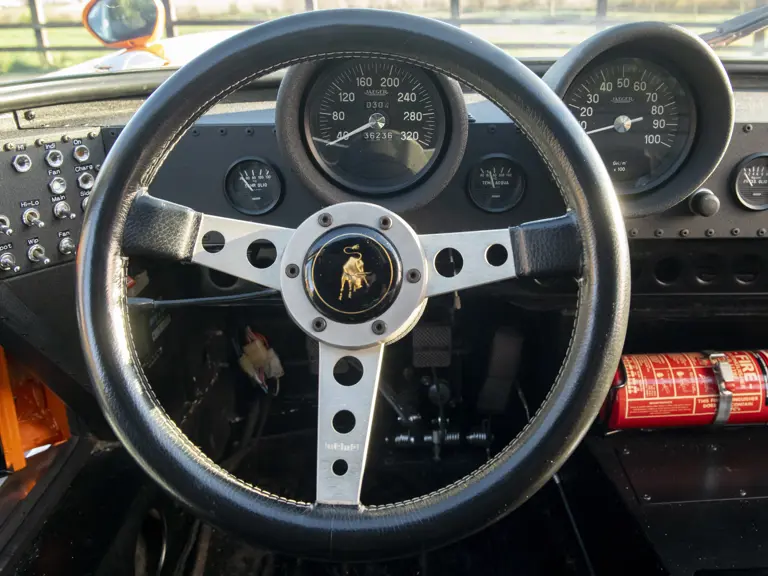
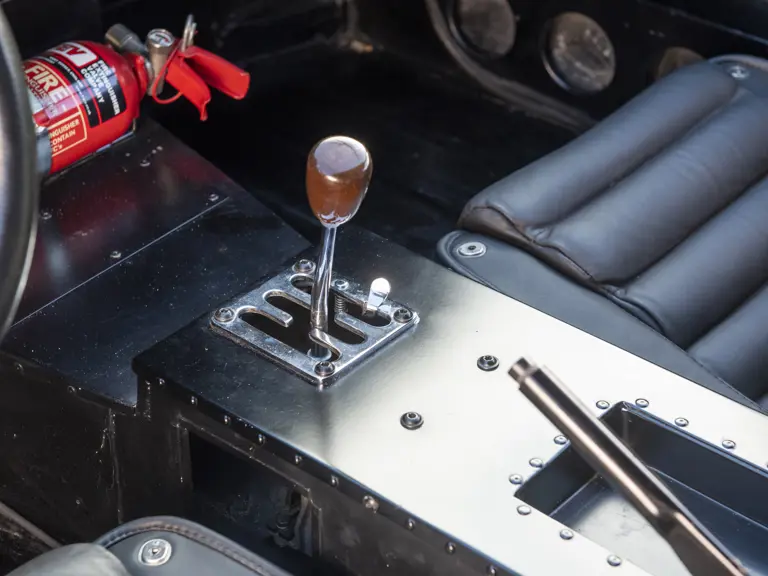
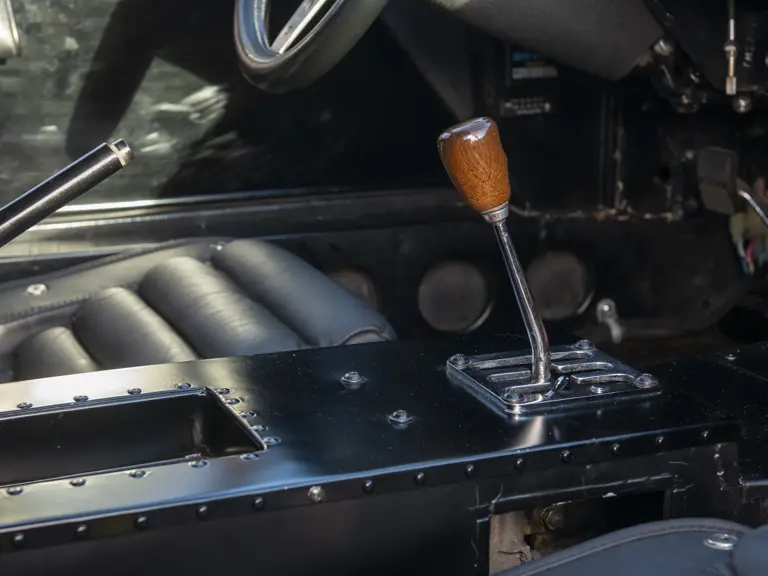
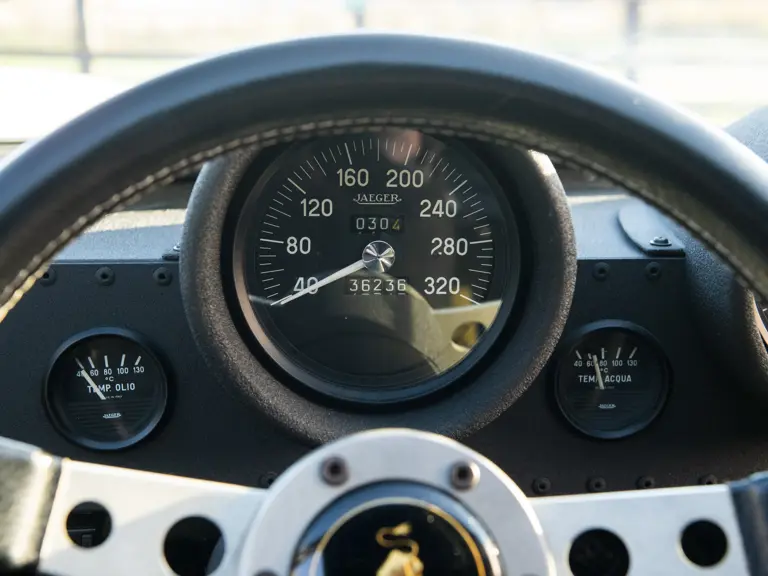
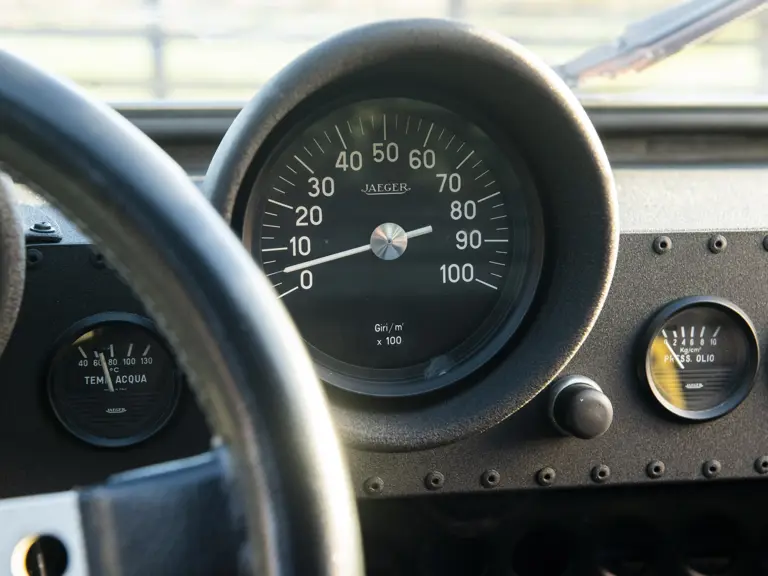
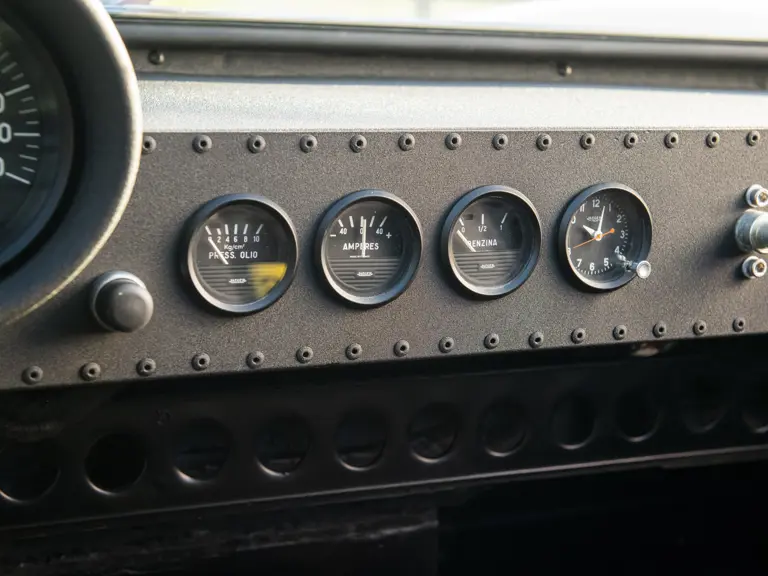
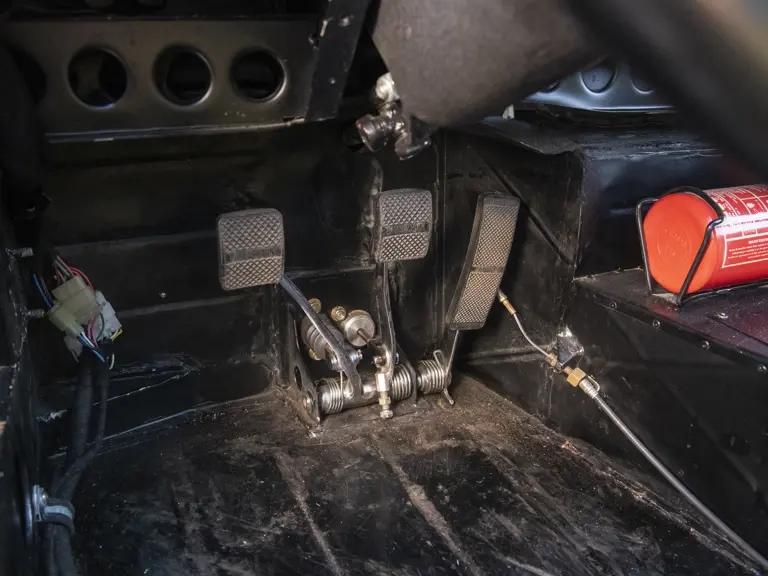


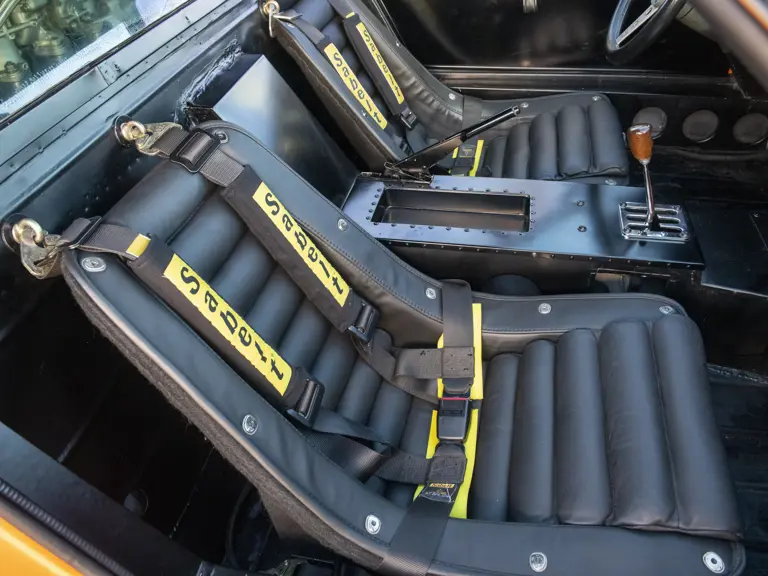
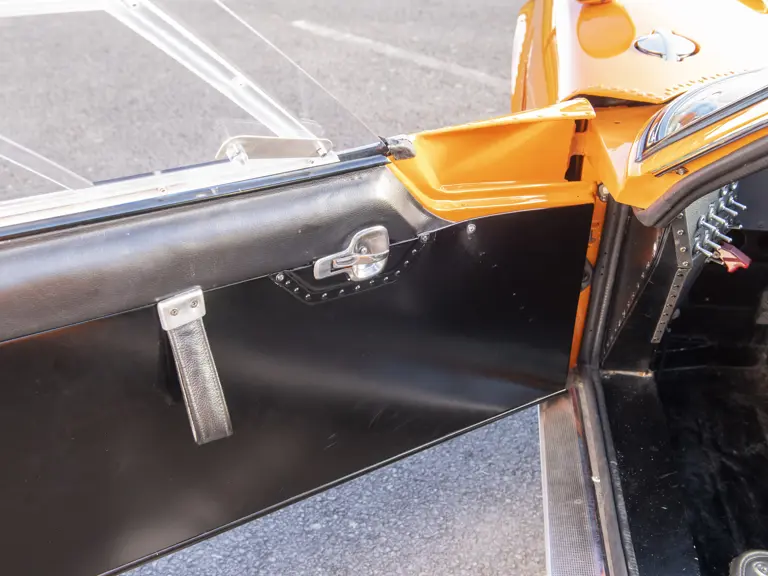
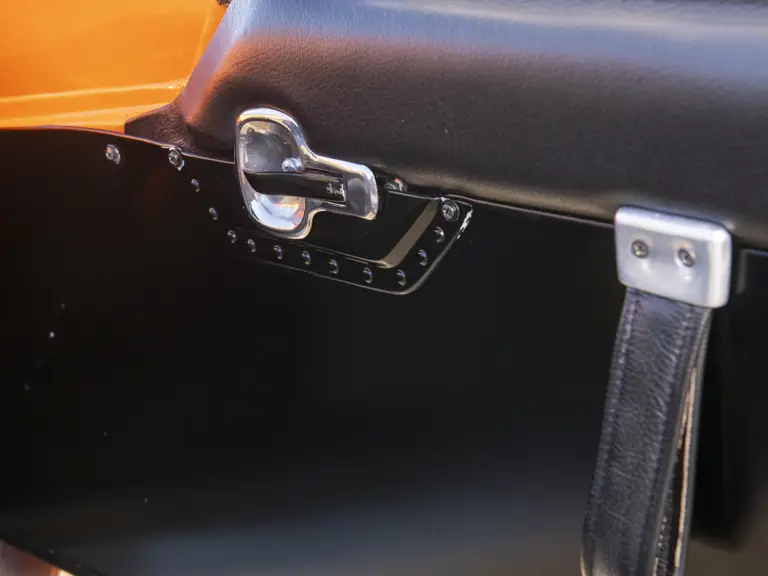
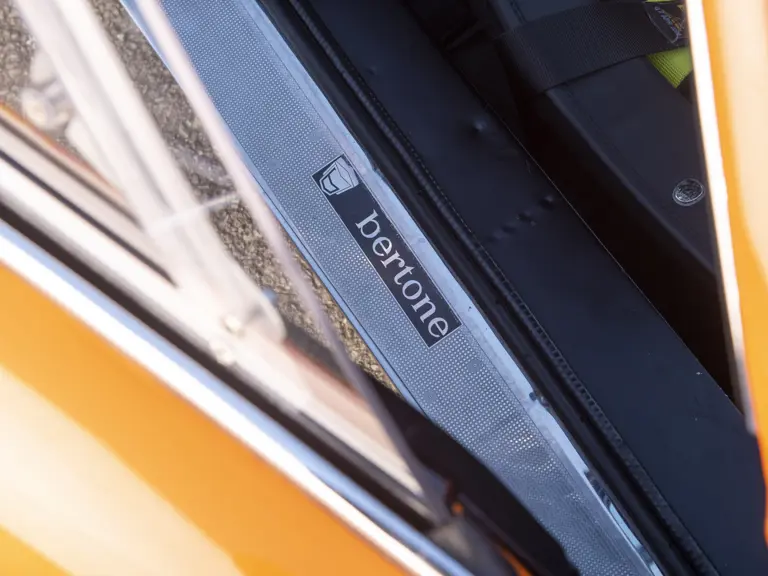
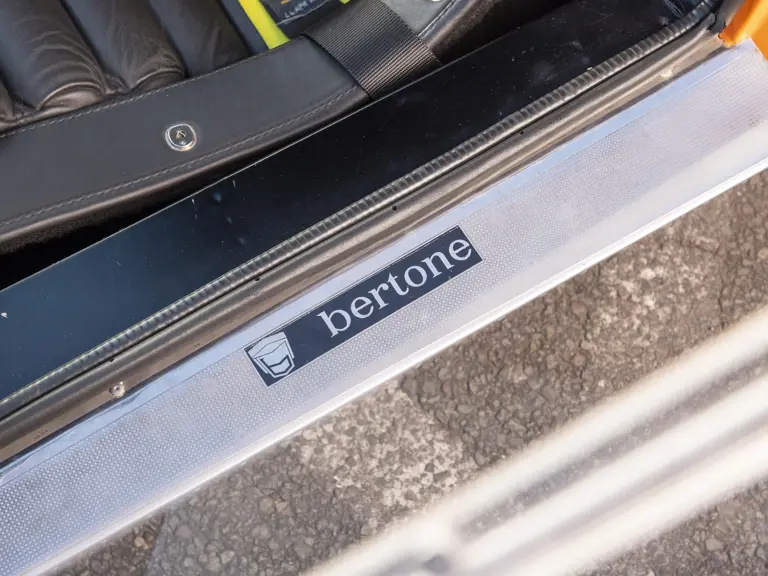
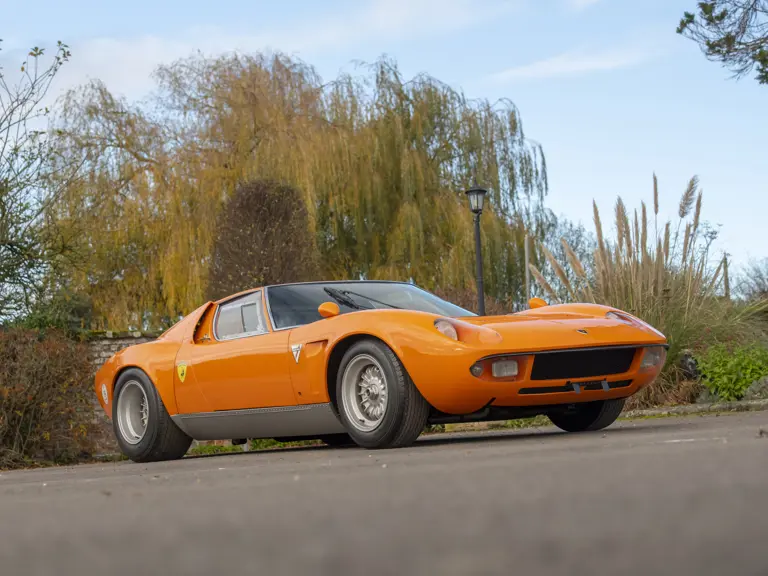


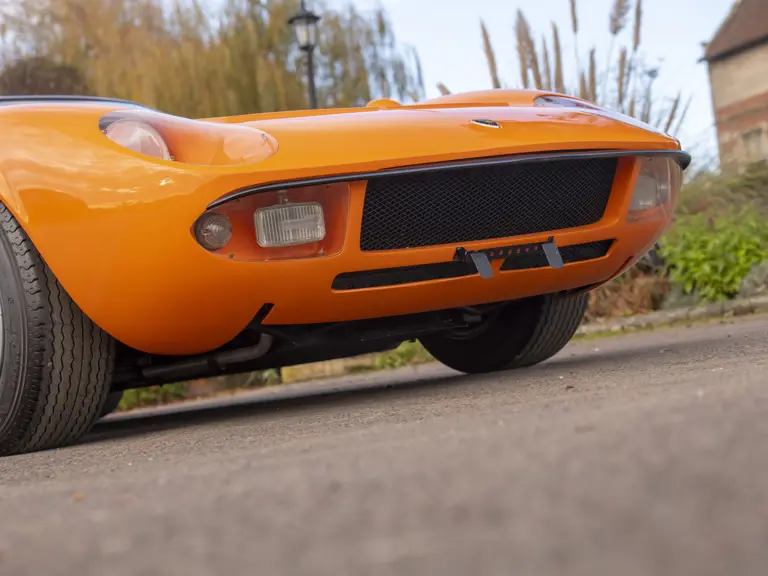
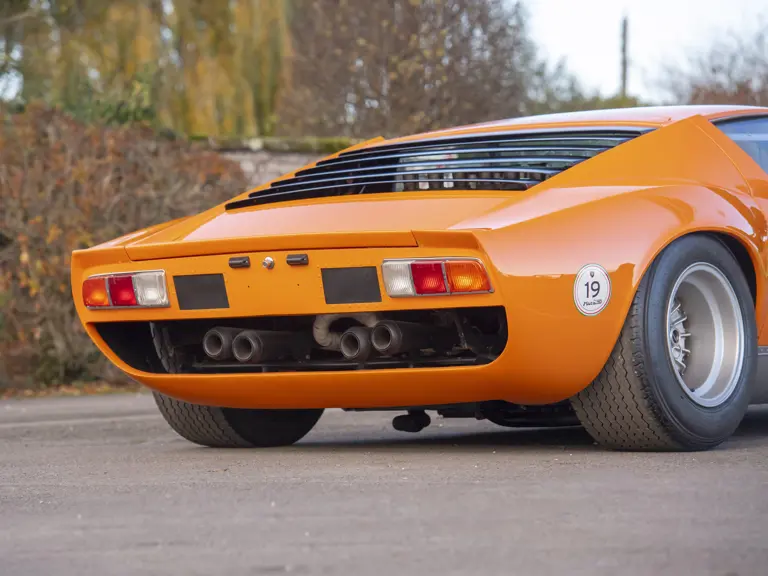
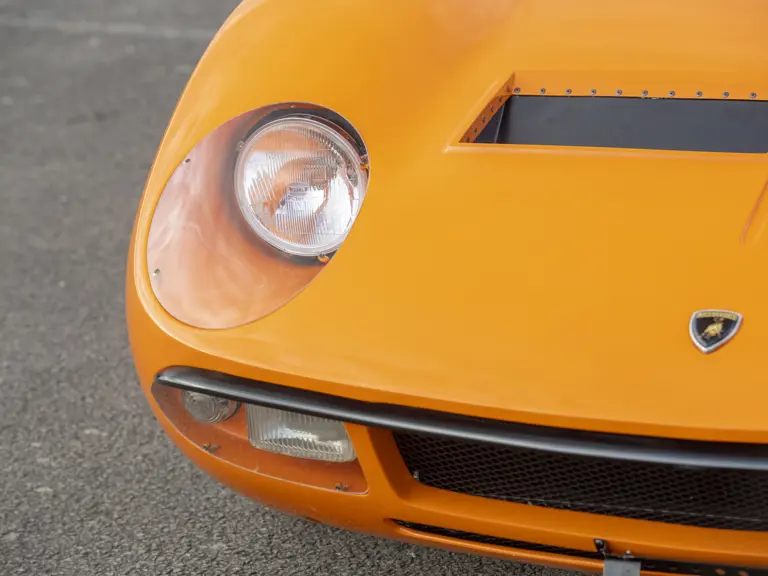
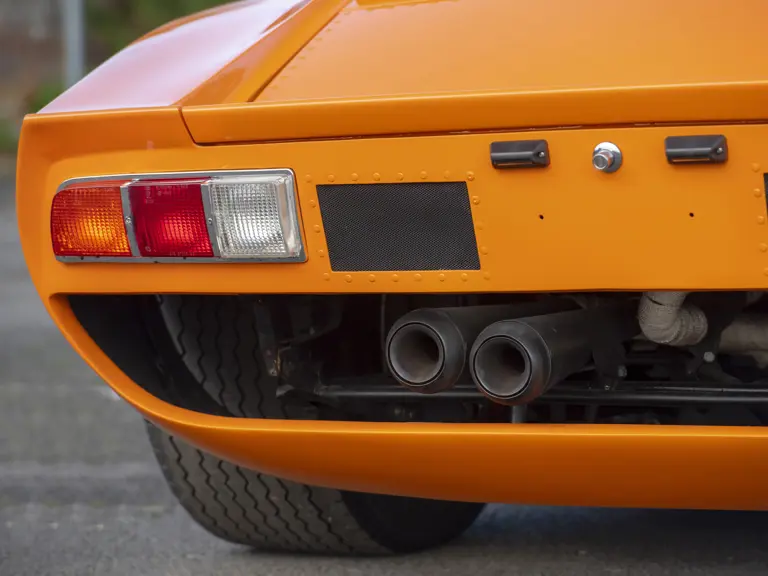

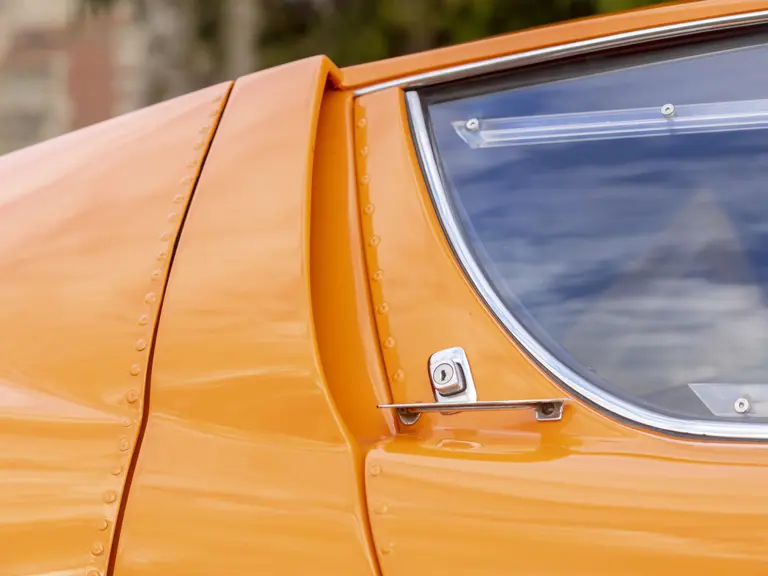

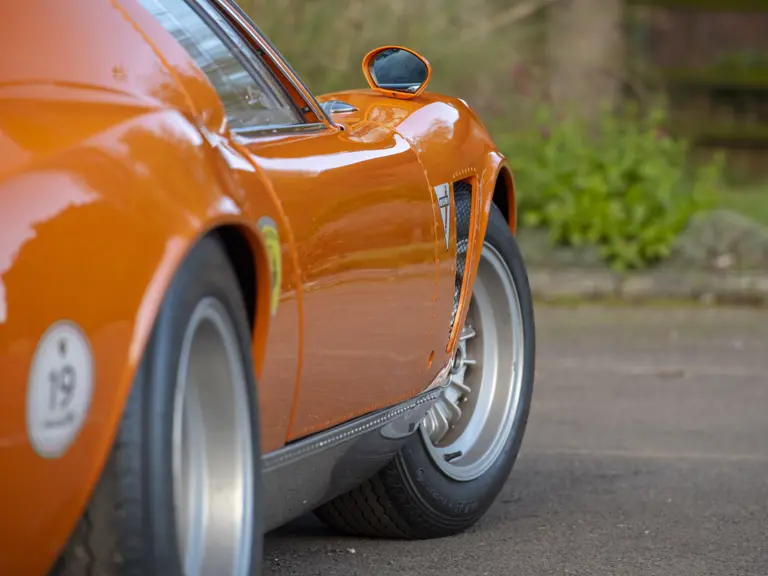
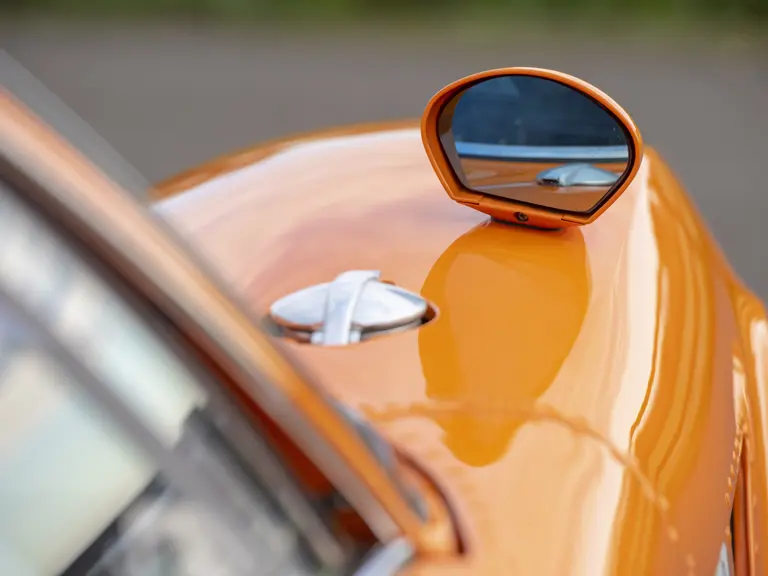
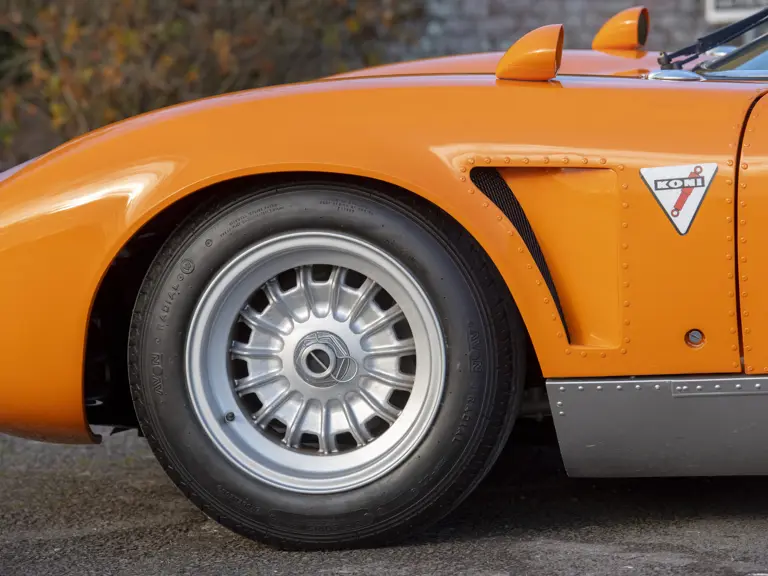
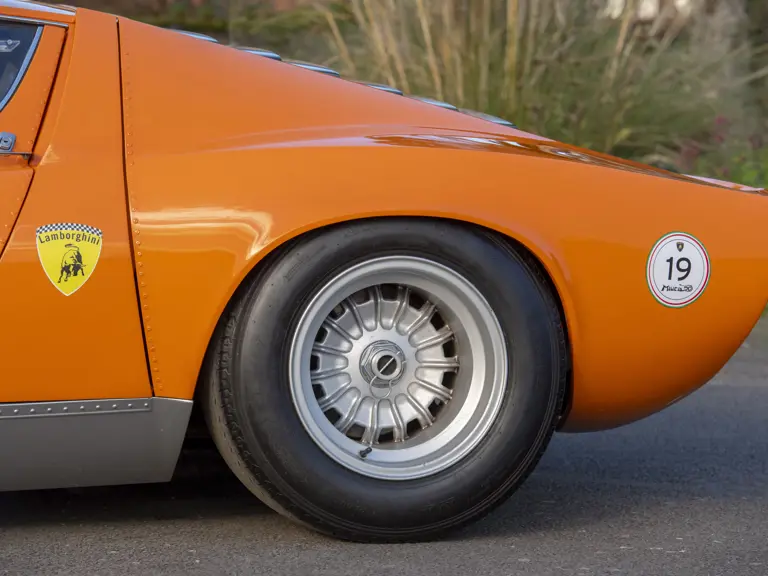
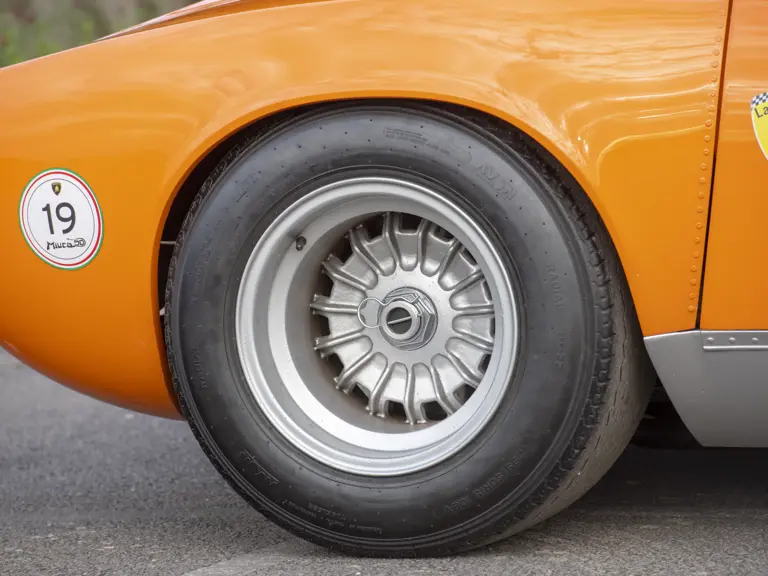
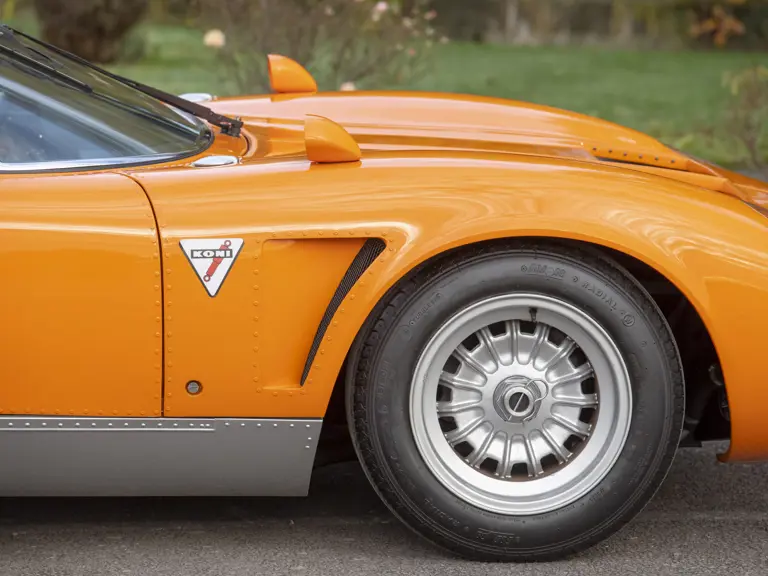


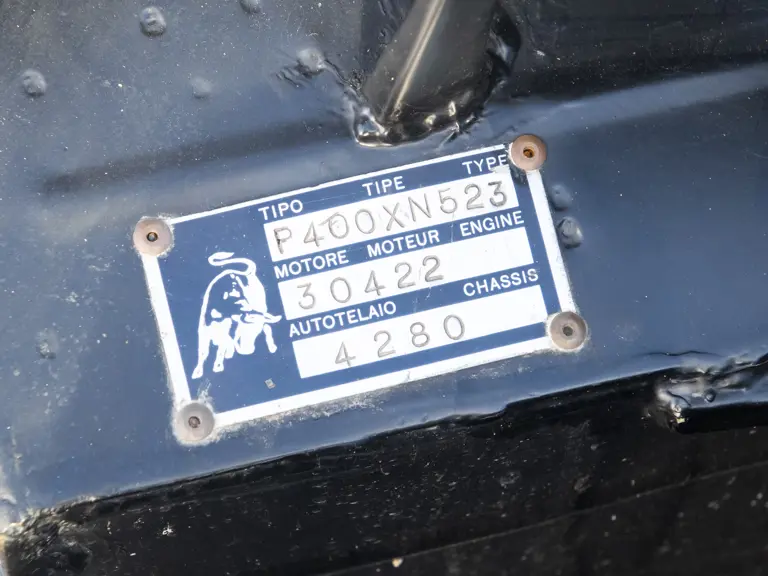

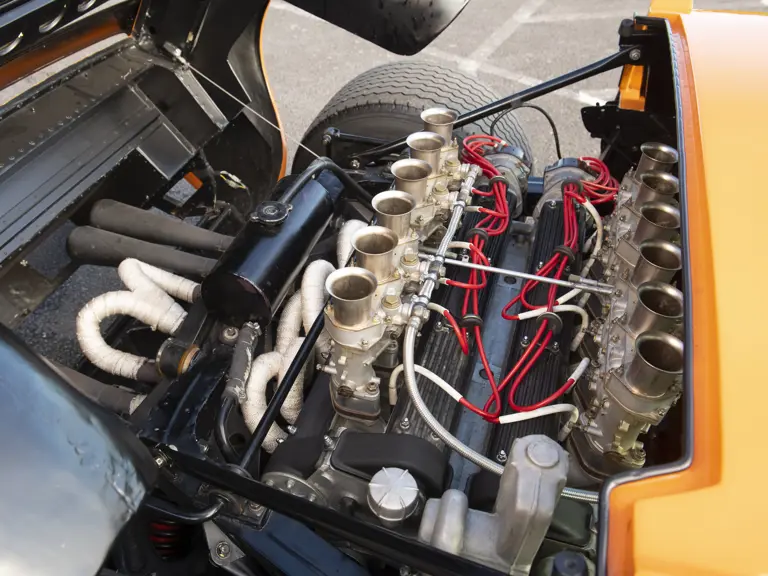
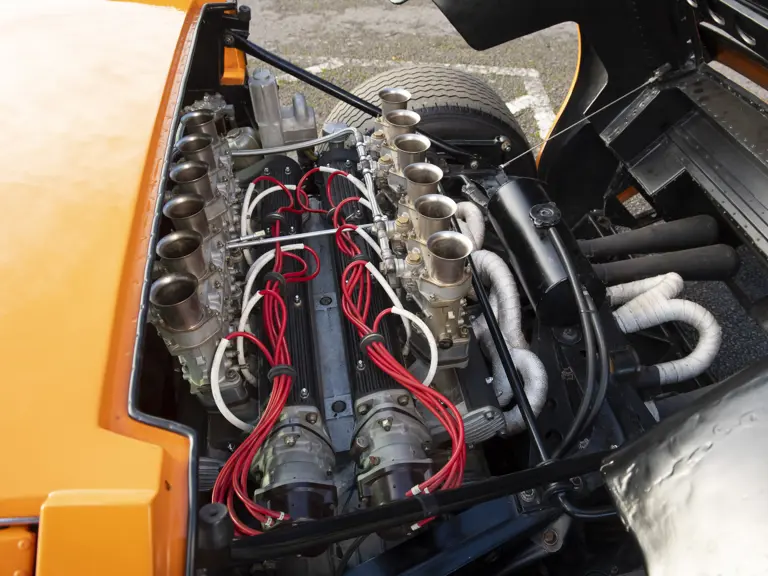
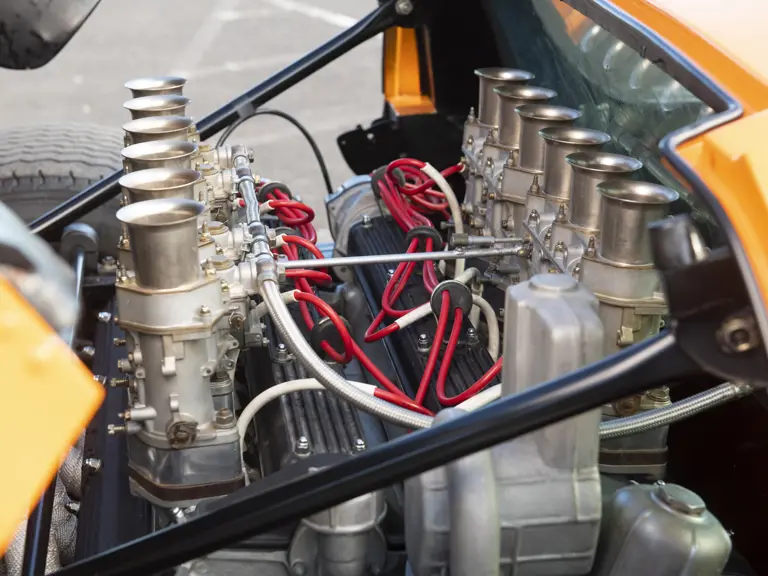

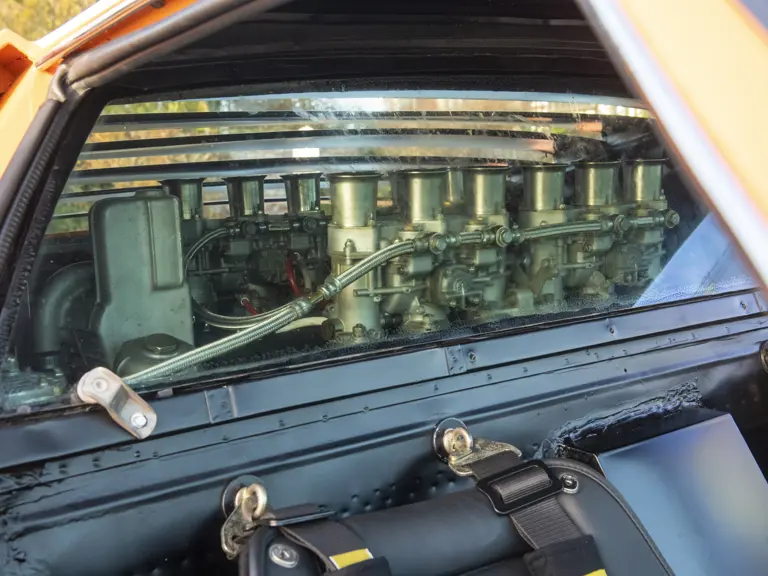
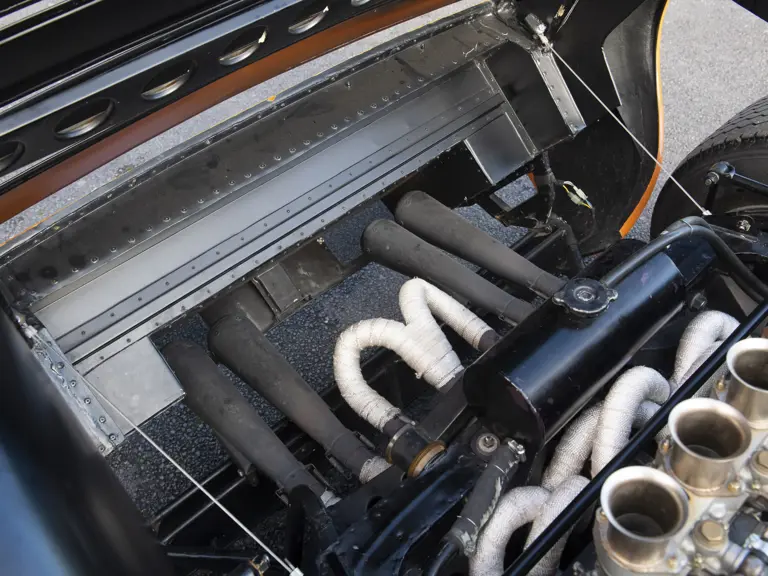
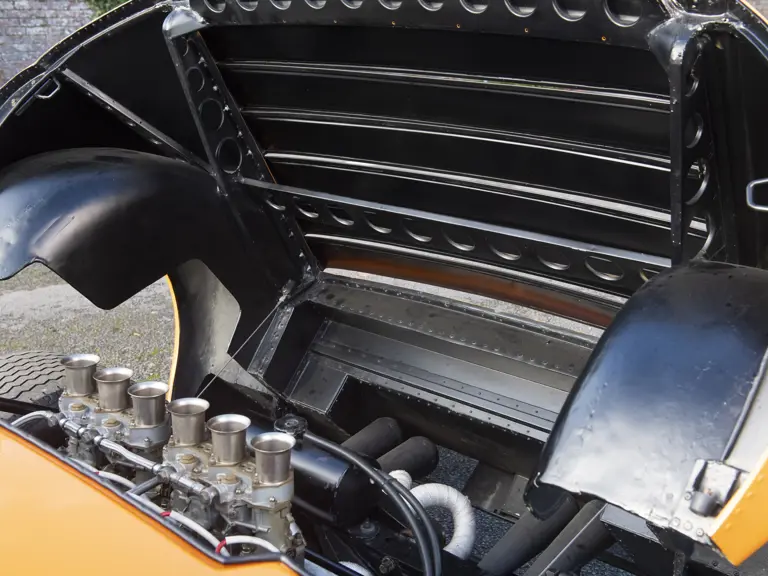

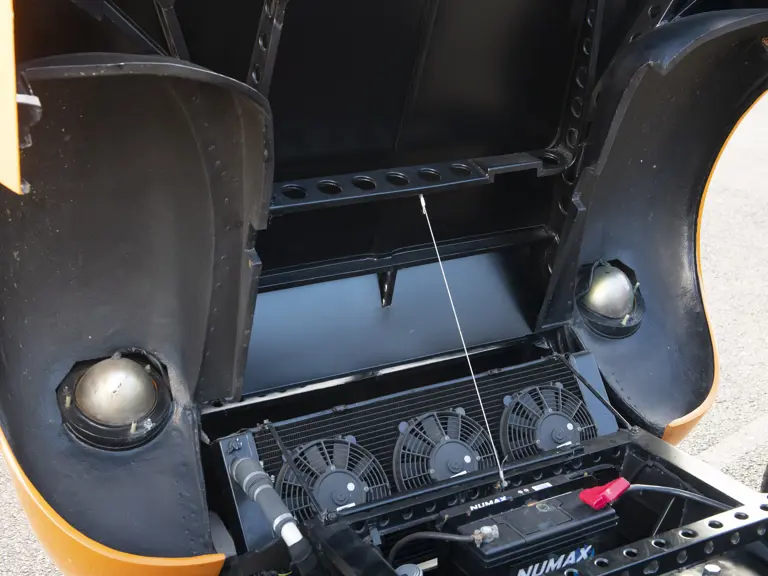
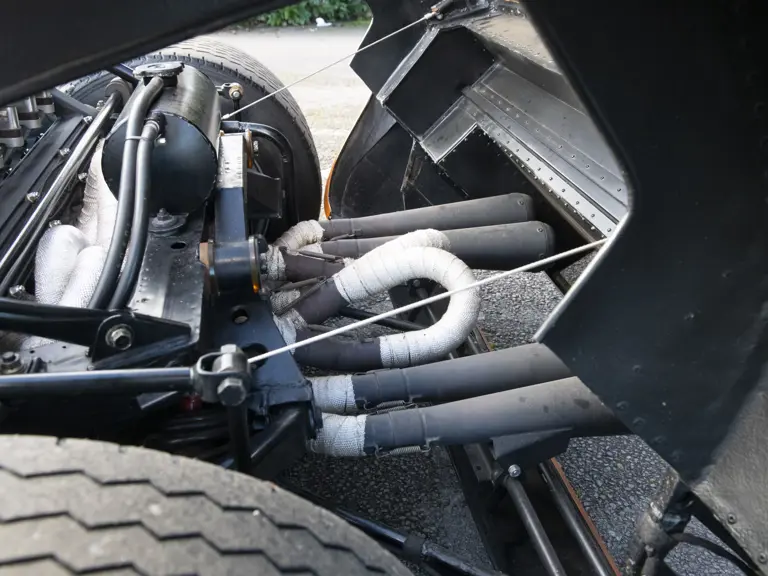
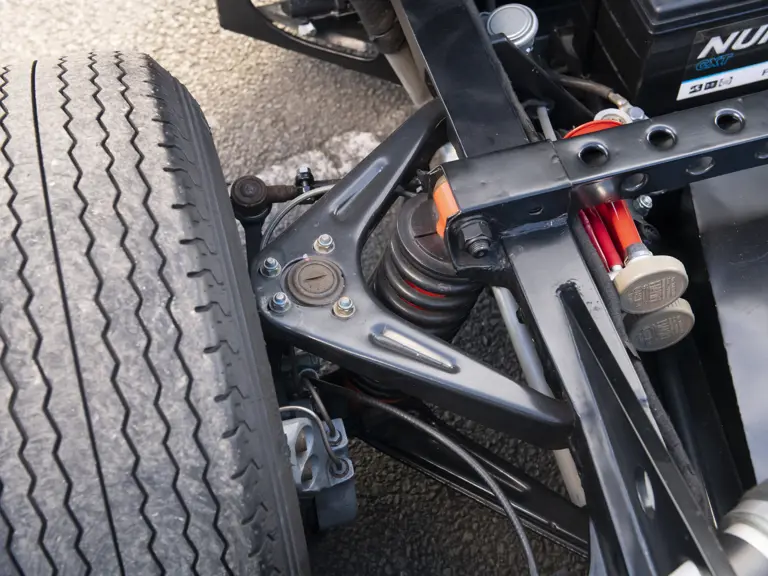

 | Paris, France
| Paris, France
